

The Barony of
Grenville
![]() in Quebec
in Quebec ![]()

After the
was signed in 1763, the main aim of the
British Crown,
following the example of the French Seigniorial System, was to
appoint as "Counts" or "Barons"
rich and noble British people in order to encourage them to come
and invest in Quebec,
to develop the economy of the Province as fast as possible.
The Township of Grenville was founded
January 28, 1808 by a proclamation of
Lord William Wyndham Grenville (1759 - 1834), First Baron Grenville,
character of British origin and holder of territory,
who gave him his name.
The barony of Grenville was created for the occasion.
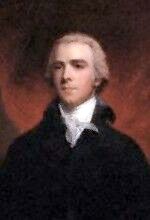
Lord William
Wyndham Grenville also served as Prime Minister
of the United Kingdom, and as the Leader of the House of Lords.

The House of Lords.

Both villages
of Grenville and of Calumet, as well as the Township of Grenville,
share a common history.
Coming from England, the first settlers arrived on this territory
around 1810.

(Photo courtesy: Office of Cinema and Television of Argenteuil-Laurentides).
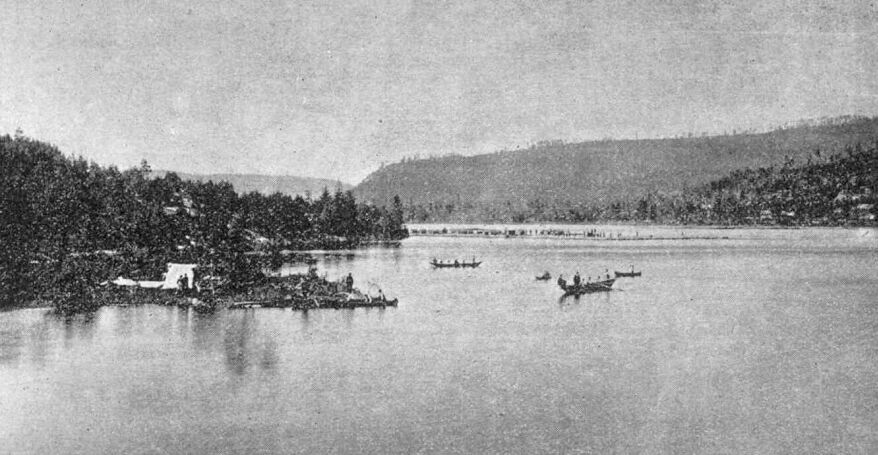
The Ottawa river at the end of the 19th century
The wood
industry was the main economic driving force in Grenville’s
village.
The first sawmill of the Township was built in 1830, on River
Kingsey bank.
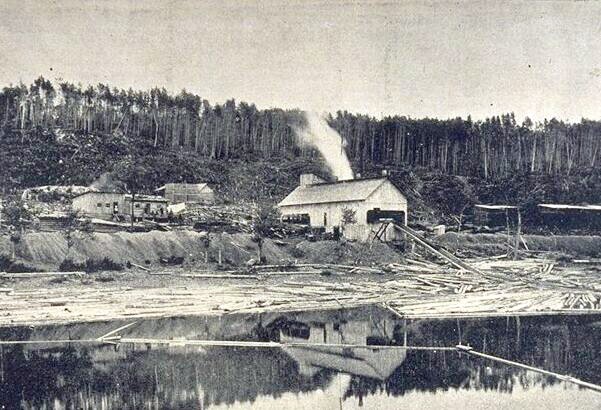
An old sawmill in Ottawa.
A grain mill was later added, as well as a brickyard.
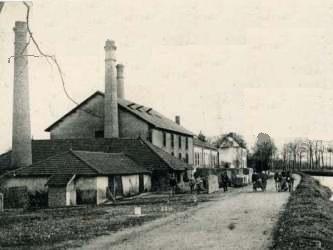
An old brickyard.
Today only a few remains of these buildings are left.

In 1845 the Township of Grenville officially became the municipality of the
Township
and of Grenville’s growth.
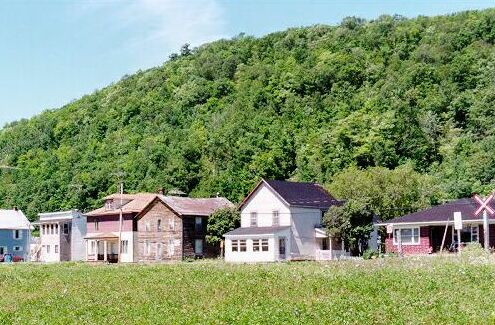
(Photo courtesy: Office of Cinema and Television of Argenteuil-Laurentides).

The village of Grenville
Around thirty
years later, the village alone constituted
the municipality of the village of Grenville.

A photo of Grenville in 1896.
As soon as
1870, 900 inhabitants lived in the town and the population
reached more than a thousand when the municipality was founded.

Grenville’s first school.

Grenville’s first presbytery and first chapel.

The village of Calumet

The church and the presbytery of Calumet in 1937 (Photo courtesy : Ferdinand Robillard).

The Long-Sault
Canal, the railway between Carillon and Grenville
as well as the Perley Bridge also played a major part
in the evolution of the village of Grenville.

The canal
The British
wanted to set a transport link back from the American territory.
They thus chose the route of the Long Sault because it had the
advantage
of linking Lake Ontario to the Ottawa River, while remaining away
from the border.
At that time travelling from Montreal to Bytown (Ottawa)
lasted two days and required many various means.

The Canal (Photo courtesy: Office of Cinema and Television of Argenteuil-Laurentides).
In order to
establish this waterway, three canals had to be set up to avoid
the rapids
of the Ottawa River: in Carillon, Grenville and Chute-à-Blondeau.
The construction of the Long Sault Canal began in 1819.
The Canal was inaugurated in 1834.
In addition to the positive effects of its building, its
strategic position
on the Ottawa River contributed to the development of the village
of Grenville.
Some photos of the Grenville's canal
and the Ottawa river

The railway
The coming of the railway gave a fresh impetus to the village of Grenville.
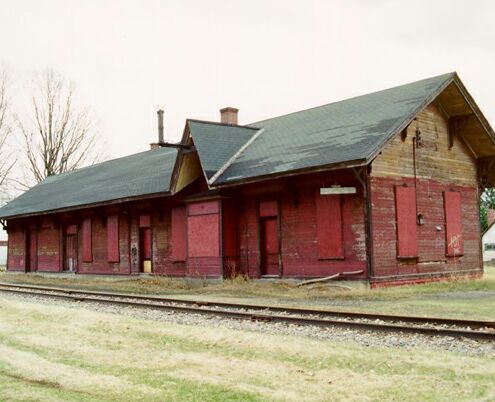
Calumet station (Photo courtesy: Office of Cinema and Television of Argenteuil-Laurentides).
The building
of a first section began around 1857 and had to link Ottawa to
Montreal.
However, the death of one of the English developers, the Sykes
brothers, put an end to the project.

(Photo courtesy: Office of Cinema and Television of Argenteuil-Laurentides).
The section
from Carillon to Grenville was nevertheless nearly finished.
Therefore it was added in 1859 and then sold to the Ottawa River
Navigation Company in 1863.

A crowd of
travellers heading for Ottawa or Montreal stopped off at the
upper-end of the Long Sault,
bringing about the construction of the first hotels of Grenville
along the canal.

In 1923 the
National Canadian Railway Company (known as CN - for Canadien
National)
bought the railway track leading to Grenville. However, as the
railway company
decreased its activities or chose new routes, Grenville Station
was less and less used.
It was demolished in 1975 and the train service definitively
stopped in 1976.

Disused railway station (Photo courtesy: Office of Cinema and Television of Argenteuil-Laurentides).
The Carillon and Grenville Railway

The bridge
The
construction of the Perley Bridge linking up Grenville and
Hawkesbury in 1931
also dealt the railway a severe blow since this infrastructure
made the journey much easier from one shore of the Ottawa River
to the other.

Some thirty
years later, when the Carillon Dam was built,
the height of the bridge was raised in order to allow the ships
to pass by.

A part of the
riverbed was then dredged, and as a consequence
an island totally disappeared as well as the sandy battures
downstream.
The bridge was rebuilt in 1998 and is now called
the Interprovincial Long-Sault Bridge.

This
page was modified based on a text from the MRC of Argenteuil
(MRC = Regional Municipality of the County)


Acknowledgements
: Some pieces of information mentioned above were given
by His
Imperial Highness Prince Normand
and
by the Prefect of the MRC of Argenteuil.
Translated by Mrs Christel Fleurance-Klauss

© Alain Chebroux, Baron of Grenville : www.baron-grenville.com
© Baron Alain Chebroux of Grenville. The Barony :
www.grenville.info